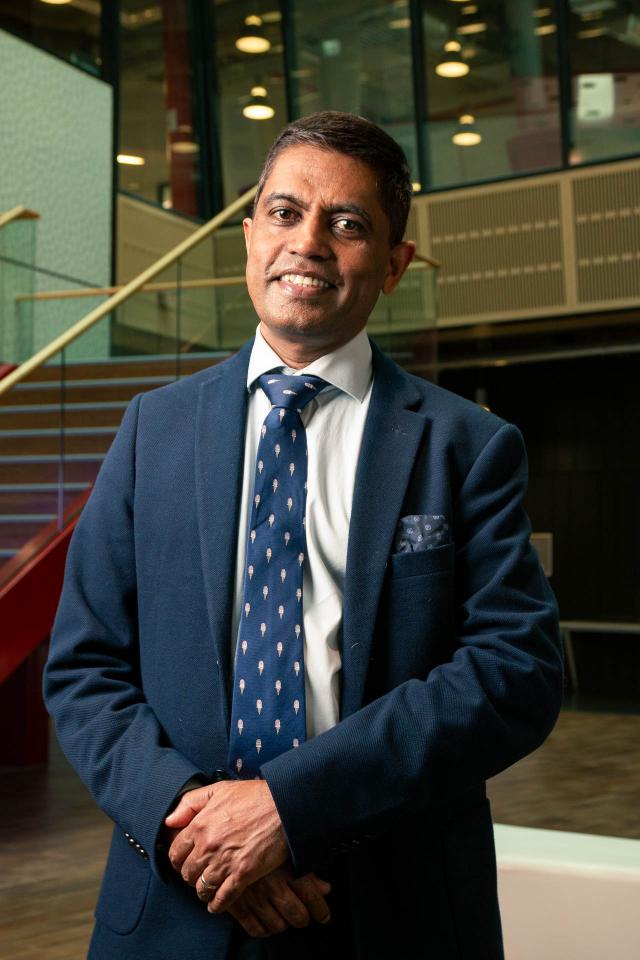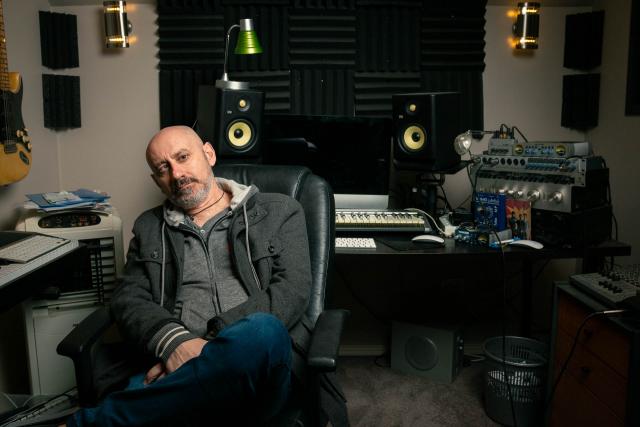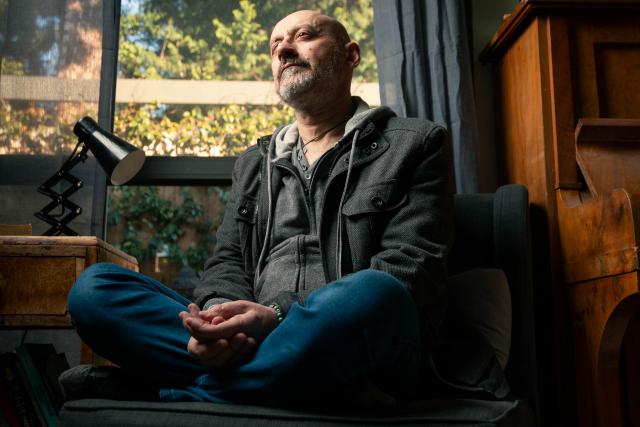The National Stroke Foundation is calling on all Australians to unite by ‘Fighting Stroke Together,’ this National Stroke Week. Jennifer Pittorino speaks to Antonio Iannella to learn about his life as a stroke survivor.
Antonio Iannella wants people to know that they don’t have to be elderly or unhealthy to have a stroke.
The Melton resident has a stroke in 2009 at 38-years-old while on a family holiday in Vietnam.
“Literally moments before we were about to enter the Cu Chi tunnels, which are underground war tunnels, I just collapsed, there was no pre-warning,” Antonio said.
He was rushed to a medical clinic in Ho Chi Minh City.
“By that stage, I was pretty much completely paralysed and wasn’t able to speak or see, I couldn’t hear and couldn’t swallow.
“I was put in intensive care for about five days, and then from intensive care into a ward, and just ever so slowly, things started really returning to normal.”
After Antonio began to regain movement in his hands and feet, he was put on a rescue flight to Melbourne.
“When I landed in Melbourne, I went to Royal Melbourne Hospital and eventually into Sunshine Hospital where I began rehab.
“I started intense therapy rehab, from occupational therapy, physiotherapy and speech therapy, which took 10 weeks for me to start walking. Shortly after that I was discharged and began my life as a stroke survivor.”
Stroke Foundation stroke service interim executive director Kelvin Hill describes a Stroke as a blockage or bursting of the blood supply in the brain.
“It is an impacting of the blood supply to parts of the brain, and there are two types of stroke,” he said.
“The most common type of stroke which affects about 80 per cent of stroke survivors is a blockage in the artery, which then stops the blood on the other side of that blockage.
“The other, which is less common, is a bleed where your blood vessel bursts and bleeding goes into your brain, and they call that a haemorrhage.”
For Antonio, the reason he had a stroke was brought down to a weakness in his brain which caused a brain haemorrhage.
“As we know the reasons people have strokes are different, mine had nothing to do with my actual physical health,” he said.
“I was born with a weak vein in my brain, this is known as an artery vein malformation.
“Only one per cent of the global population have this condition and then a lesser amount of that actually suffers from a stroke or bleed.”
Antonio was told that only one in five people survive his condition, and there is a three per cent chance every year that Antonio might encounter a re-bleed.
The Stroke Foundation said there are several common risk factors which might bring on a stroke, but there are also several preventative measures that can be taken.
“The great news is that the things that we can do for stroke are the same things that help prevent heart disease and diabetes often and some forms of cancer,” Kevin said.
“The simple things are if you’re smoking, try to stop, reduce your alcohol intake, get a good routine of regular physical activity and exercise as well as watch your diet.”
A unique point that Kevin said people usually don’t know about is watching your blood pressure.
“People often don’t know their blood pressure, so it’s important to go to the pharmacist or local nurse or GP to check regularly.
“When people get their blood pressure checked and know what the actual numbers are, they can monitor that over time and are less likely to have a stroke that way.
“It is also important to learn F.A.S.T. (Face, Arms, Speech and Time) the signs of stroke with your family and friends.”
The Stroke Foundation said 25 per cent of people who have a stroke in Australia are under the age of 55, and the rate of stroke in Australian adults aged 18 to 65 is rising.
The foundation said stroke is one of Australia’s biggest killers and a leading cause of disability.
Western Health neurology department chair and stroke professor Tissa Wijeratne has been a stroke specialist for more than 20 years, and works with the
largest stroke service in western Victoria.
Dr Wijeratne highlighted the importance of brain health.
“Our brains are at a crossroads at this point in time, unfortunately one in two of us will have a brain condition whether we like it or not,” he said.
“Sometimes we know it, sometimes we don’t know, other times It might be a stroke.
“The World Health Organisation said brain conditions that come from a stroke that make a disabled group of people is the leading contributor of disability.”
Antonio attributes his recovery to a strong mindset.
“With therapy and a healthy mindset, I internally draw on my strengths and find things that are therapeutic for me,” he said.
“For me, going into wellness and studying nutrition and exercise as well as finding hobbies I like has helped the most.”
Following his stroke, Antonio continued his passion for music, learning music production, song writing and recording which he enjoys at his home studio.
“As well as music, my stroke has given me an opportunity to really sink my teeth into wellness, exercise, meditation, spirituality, nutrition and health.”
Antonio understands stroke recovery is different for everyone, which is why for the past nine years he partnered with the Stroke Foundation to deliver stroke awareness presentations.
“I learnt there is nothing better than to hear a story from someone who’s been through it rather than like a doctor or a nurse.
“Mostly, I tell people to surrender. I stopped trying to get back to who I was, and embraced who I was as this new person.
“Find something that motivates you and find a purpose for yourself.”










